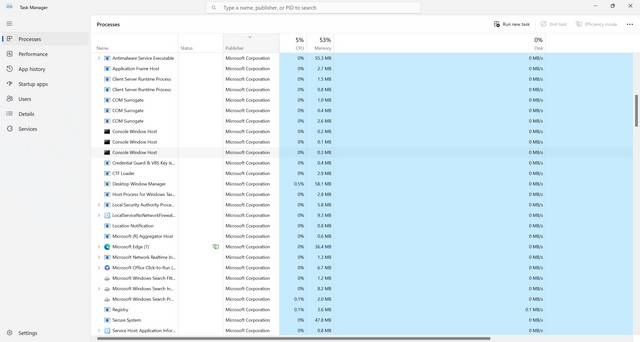When it comes to computer files and processes, it’s important to understand what they are and whether they pose any risks to your system. One such file that may raise questions is igd10iumd64.dll. In this article, we will delve into the details of igd10iumd64.dll, discuss whether you should remove it, and determine if it is malware or not.

What is igd10iumd64.dll?
igd10iumd64.dll is a dynamic link library (DLL) file associated with Intel Graphics Accelerator Drivers for Windows. DLL files contain code and data that multiple programs can use simultaneously, which helps to reduce redundancy and improve efficiency. In the case of igd10iumd64.dll, it is specifically related to the Intel Graphics Accelerator Drivers, which are responsible for enhancing the graphical capabilities of Intel integrated graphics processors.
Intel Graphics Accelerator Drivers are commonly found on computers with Intel processors, and they play a crucial role in ensuring smooth graphics performance for various applications and games. The igd10iumd64.dll file is an essential component of these drivers, and removing it may lead to issues with graphics functionality.
Should I Remove igd10iumd64.dll?
While it is generally not recommended to remove igd10iumd64.dll, there may be certain situations where removal becomes necessary. Here are a few scenarios where you might consider removing the file:
- If you are experiencing compatibility issues with certain applications or games that rely on Intel Graphics Accelerator Drivers, removing and reinstalling the drivers, including igd10iumd64.dll, may help resolve the problem.
- If you suspect that the igd10iumd64.dll file has become corrupted or infected with malware, removing it and performing a clean installation of the Intel Graphics Accelerator Drivers can help eliminate any potential issues.
- If you are upgrading your graphics card and switching to a non-Intel solution, you may choose to remove the Intel Graphics Accelerator Drivers and associated files, including igd10iumd64.dll.
However, before removing igd10iumd64.dll or any other system file, it is crucial to create a backup of your important data and ensure you have a reliable backup plan in place. This will help you recover in case any unexpected issues arise during the removal process.
Is igd10iumd64.dll Malware?
igd10iumd64.dll itself is not malware. It is a legitimate file associated with Intel Graphics Accelerator Drivers. However, like any other system file, it can be targeted by malware or become corrupted due to various reasons.
If you suspect that igd10iumd64.dll has been compromised or infected with malware, it is essential to run a thorough scan of your system using reliable antivirus software. We recommend using Malwarebytes Free, a trusted antivirus program known for its effectiveness in detecting and removing malware.
By regularly scanning your system with reputable antivirus software, you can ensure the integrity of system files like igd10iumd64.dll and protect your computer from potential threats.
Summary
igd10iumd64.dll is a DLL file associated with Intel Graphics Accelerator Drivers for Windows. It is an essential component for smooth graphics performance on computers with Intel processors. While it is generally not recommended to remove igd10iumd64.dll, there may be specific scenarios where removal becomes necessary, such as compatibility issues or upgrading to a non-Intel graphics solution.
It is important to note that igd10iumd64.dll itself is not malware. However, if you suspect any issues with the file, running a scan with reliable antivirus software like Malwarebytes Free can help identify and resolve any potential threats.
Remember, before making any changes to system files, it is crucial to have a backup of your important data and exercise caution. By staying informed and taking necessary precautions, you can ensure the smooth functioning and security of your computer system.










